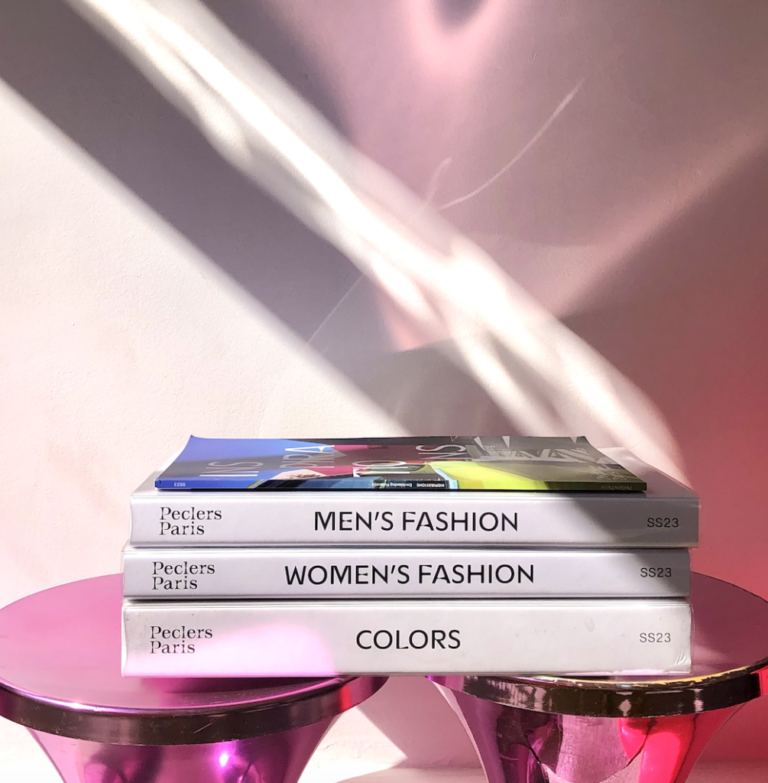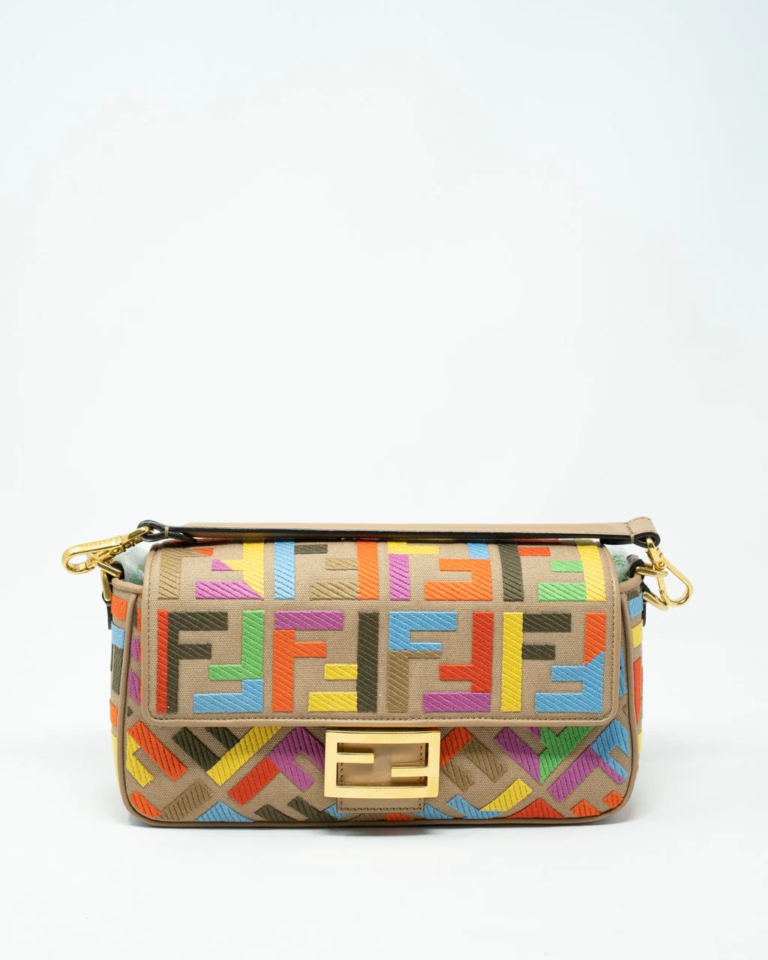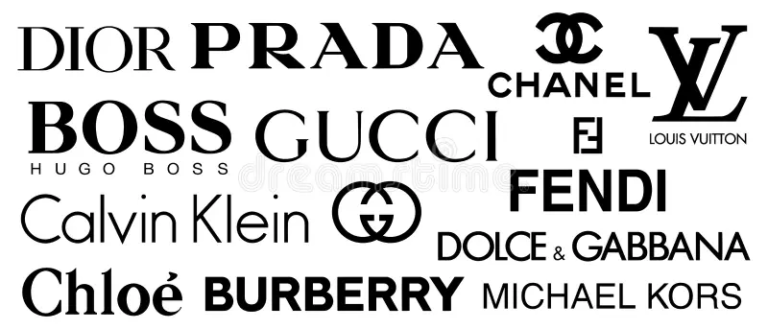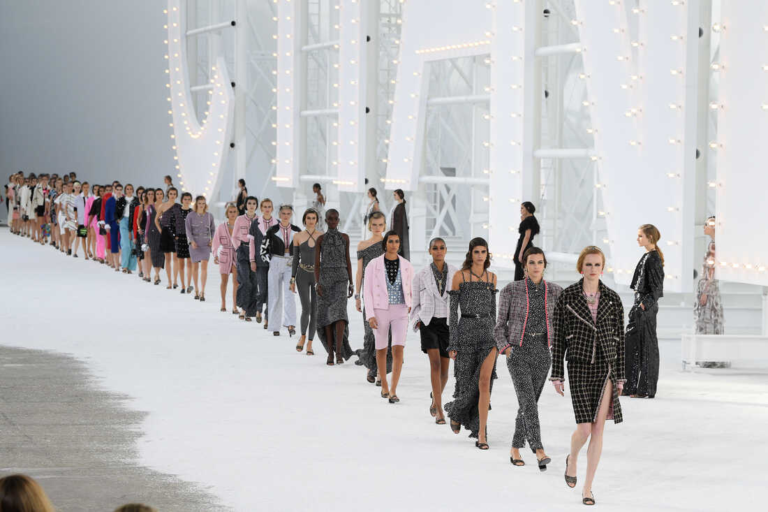Introduction
From the punk-infused streets of London to the glamorous catwalks of Paris, Vivienne Westwood has always been synonymous with revolutionary style, political activism, and a penchant for the unexpected. But, who is Vivienne Westwood, really?
1971-1980: Punk Era Beckons
During the years 1971-1980, Vivienne Westwood’s journey in the fashion world saw significant developments, most notably her pivotal involvement in the punk movement. This period was marked by her collaboration with Malcolm McLaren and the establishment of their iconic boutique, 430 Kings Road.
Meeting Malcolm McLaren
Vivienne Westwood’s life took a sharp and influential turn in 1971 when she crossed paths with Malcolm McLaren. McLaren, a music manager and provocateur, played a crucial role in shaping Westwood’s career. Their collaboration laid the foundation for numerous groundbreaking fashion moments.
The Birth of 430 Kings Road
In 1971, Westwood and McLaren opened their boutique, initially named “Let it Rock.” Situated at 430 Kings Road in London, this store would go on to become a mecca for the punk movement. The boutique’s edgy, unconventional designs and in-your-face attitude resonated with the emerging subculture.
Changing Faces of 430 Kings Road
One notable aspect of 430 Kings Road was its ability to adapt and evolve with the changing cultural landscape. The boutique underwent several name changes to stay in tune with the zeitgeist:
- Let it Rock (1971-1974): The early years of the store were marked by Teddy Boy and 1950s rock ‘n’ roll-inspired fashion, reflecting McLaren’s interests.
- Sex (1974-1976): In 1974, the store’s name was changed to “Sex,” signaling a shift towards more provocative, fetish-inspired fashion. This change aligned perfectly with the emerging punk scene and solidified the boutique’s status as a punk fashion pioneer.
- Seditionaries (1976-1980): As the punk movement evolved, so did the store’s name, which was changed to “Seditionaries.” This period saw the release of iconic punk fashion pieces, such as the ‘Anarchy’ shirt and ‘Destroy’ T-shirt, which became symbols of rebellion.
- The World’s End (1980-present): In 1980, the boutique was renamed “The World’s End.” This name has persisted to the present day, and the store continues to be a hub for unique and boundary-pushing fashion.
Introducing the Pirate Collection
Vivienne Westwood’s early works, particularly the ‘Pirate’ collection, played a crucial role in establishing her reputation as a visionary designer. This collection, unveiled in 1981, was a radical departure from conventional fashion norms. Here’s a closer look at the Pirate collection:
- Inspiration: The Pirate collection was inspired by historical and maritime themes, featuring bold and extravagant designs reminiscent of pirate attire.
- Key Features: The collection showcased Vivienne Westwood’s penchant for corsets, oversized collars, frills, and asymmetrical cuts. It featured pieces like frilly blouses, voluminous trousers, and corseted jackets with a playful and rebellious edge.
- Impact: The Pirate collection not only garnered attention for its avant-garde designs but also challenged traditional gender roles in fashion. It played a significant role in the gender-fluid and androgynous fashion movements of the 1980s.
- Legacy: Vivienne Westwood’s Pirate collection has left an enduring mark on the fashion world. Its influence can be seen in subsequent designers’ work, and it continues to be a source of inspiration for those who push the boundaries of fashion.
1988-1993: The Pagan Years
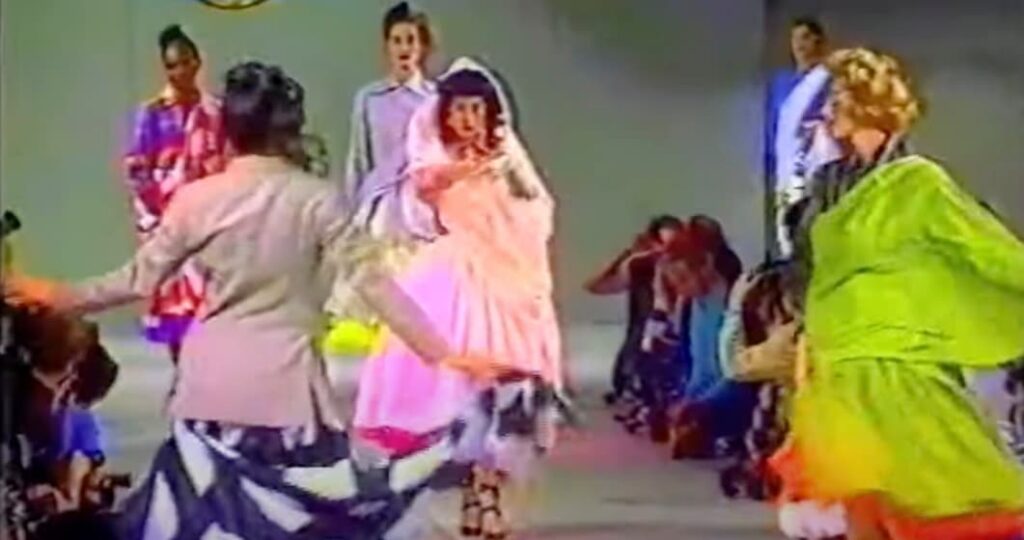
This period in Vivienne Westwood’s career, spanning from 1988 to 1993, is commonly referred to as “The Pagan Years.” During this time, Westwood continued to push the boundaries of fashion with her unique and bold designs, as well as her penchant for making provocative public statements.
“Britain Must Go Pagan” Era
One of the defining features of this era was Westwood’s exploration of ancient Greek and classic British tailoring influences, creating a juxtaposition of historical references in her designs. This was exemplified by her notable Autumn-Winter 1987 ‘Harris Tweed’ collection.
Harris Tweed Collection
- Inspiration: The Autumn-Winter 1987 ‘Harris Tweed’ collection drew inspiration from both classical Greek attire and traditional British tailoring. Westwood’s ability to blend these seemingly contrasting elements was a testament to her creative prowess.
- Key Features: This collection featured garments made from the renowned Harris Tweed fabric, which is handwoven in the Outer Hebrides of Scotland. Westwood’s designs incorporated elements like drapery, toga-inspired silhouettes, and impeccably tailored jackets.
- Influence: The ‘Harris Tweed’ collection challenged the notion that classic British tailoring and ancient Greek styles were incompatible. It showcased Westwood’s ability to merge historical references into a contemporary fashion context.
Bold Public Statements
Vivienne Westwood’s audacity extended beyond her fashion creations to her public persona. During ‘The Pagan Years,’ she made headlines for her cheeky wardrobe choices and bold statements.
- Margaret Thatcher Cover: One of her most iconic moments was appearing on the cover of Tatler magazine dressed as Margaret Thatcher. This satirical portrayal of the then-Prime Minister was a reflection of Westwood’s willingness to use fashion as a medium for social and political commentary.
- O.B.E. Wardrobe Choice: Another attention-grabbing moment occurred when Westwood received her O.B.E. (Order of the British Empire) from Queen Elizabeth II. Instead of opting for a traditional formal outfit, she chose to wear no underwear and a sheer dress. This defiant choice garnered significant media attention and showcased her irreverent approach to societal norms.
Legacy
The Pagan Years left a lasting impact on the fashion world. Westwood’s ability to blend historical references and her fearlessness in making bold public statements solidified her status as a fashion icon and provocateur. Her designs from this era continue to influence contemporary fashion, and her commitment to challenging conventions serves as an inspiration for future generations of designers.
1993-1999: The Anglomania Wave

The years 1993 to 1999 marked a distinctive phase in Vivienne Westwood’s career known as “The Anglomania Wave.” During this period, Westwood’s designs were characterized by a unique fusion of English and French aesthetics, resulting in a collection of iconic works that solidified her legacy.
A Blend of Cultures
“Anglomania” encapsulated Westwood’s exploration of cultural influences, primarily drawing from both English and French traditions. This creative melding of styles and references became a hallmark of her designs during this era.
The McAndreas Tartan
One of the standout creations from the Anglomania Wave was the McAndreas tartan. This tartan, designed by Westwood herself, exemplified her ability to infuse tradition with a contemporary twist.
- Inspiration: The McAndreas tartan was inspired by traditional Scottish tartans, which have a rich history in British culture. However, Westwood’s interpretation added a distinct flair by incorporating vibrant and unexpected color combinations, departing from the typical muted tones associated with tartans.
- Key Features: The McAndreas tartan was prominently featured in various garments, including kilts, suits, and dresses. Westwood’s innovative approach to using tartan showcased her talent for reinventing classic elements in fashion.
- Impact: This tartan not only became a signature of Westwood’s Anglomania Wave but also influenced the fashion industry’s perception of tartan patterns. It demonstrated the potential for traditional motifs to be reimagined in contemporary designs.
The Unforgettable Anglomania Show
The Anglomania collection was brought to life through the Anglomania show, which remains a memorable moment in fashion history.
- Show Concept: The Anglomania show was a vivid celebration of English and French aesthetics. Models strutted down the runway wearing garments that combined elements from both cultures, creating a visually striking and culturally rich spectacle.
- Key Themes: The show featured designs that incorporated elements like the Union Jack flag, corsetry, and historical references, all interwoven with Westwood’s signature punk and rebellious spirit.
- Legacy: The Anglomania show not only showcased Westwood’s creative genius but also highlighted her ability to make a powerful statement through fashion. It left a lasting impact on the fashion industry, emphasizing the significance of cultural fusion in design.
Legacy and Influence
The Anglomania Wave left an indelible mark on Vivienne Westwood’s legacy and the broader fashion landscape. Her ability to blend English and French aesthetics demonstrated her adaptability and creativity. The McAndreas tartan and the Anglomania show remain iconic representations of this period and continue to inspire contemporary designers.
2000-Present: Fashion Meets Activism
The years from 2000 to the present have seen Vivienne Westwood’s transformation into a prominent figure in the world of fashion activism. During this period, her focus shifted dramatically from solely designing avant-garde fashion to using her platform to champion social and political causes, most notably the fight against climate change.
Fighting Climate Change
Vivienne Westwood’s dedication to addressing climate change became a defining aspect of her career in the 21st century. Several of her collections and initiatives are indicative of her commitment to this critical issue.
- “AR” Collection: The “AR” (Active Resistance) collection was a poignant reflection of Westwood’s activist spirit. Through this collection, she used fashion as a medium to communicate messages of resistance and awareness about climate change and social issues.
- Climate Revolution: The “Climate Revolution” movement, initiated by Westwood, aimed to raise awareness and drive action against climate change. Her fashion creations and activism converged to deliver powerful messages, emphasizing the urgency of addressing environmental concerns.
- “Save the Arctic” Showcase: Westwood’s “Save the Arctic” showcase was a bold statement against the exploitation of natural resources in the Arctic. Her fashion presentation wasn’t merely about aesthetics; it served as a rallying cry to protect the planet’s fragile ecosystems.
Taking Activism to the Streets
Vivienne Westwood’s activism extended beyond the fashion runway and into the public sphere. One of the most notable manifestations of this was her “Fash Mob.”
- Fash Mob: The “Fash Mob” was a legendary protest movement orchestrated by Westwood. Models and activists took to the streets, holding placards with messages like “Climate Revolution” and “Politicians Are Criminals.” This bold and visually striking approach garnered significant attention and underscored Westwood’s commitment to activism.
Sustainable Collaborations
In her pursuit of sustainability, Vivienne Westwood collaborated with established brands, promoting eco-friendly fashion practices.
- Collaboration with Burberry: Westwood partnered with Burberry to create a collection using sustainable materials and ethical production methods. This collaboration exemplified her dedication to influencing mainstream fashion towards sustainability.
- Collaboration with Eastpak: Westwood’s collaboration with Eastpak resulted in a range of eco-friendly backpacks, blending her iconic designs with sustainable materials, offering fashionable yet environmentally responsible alternatives.
Embracing the Digital Realm
As the fashion industry evolved, Westwood adapted to the digital age, eventually shifting her fashion showcases to the virtual realm.
- Digital Fashion Shows: In alignment with the global shift toward digital experiences, Westwood embraced virtual fashion shows, utilizing technology to present her collections in innovative ways.
- Last Physical Showcase in 2019: Vivienne Westwood’s last physical showcase was in 2019, signifying her transition to predominantly digital presentations. This shift reflected her commitment to reducing the environmental impact of traditional fashion events.
Conclusion
To truly understand who Vivienne Westwood is, one must delve deep into her fashion and activism journey. As Andreas rightly puts it, Vivienne’s spirit will continue to inspire and reshape the fashion world, one stitch at a time.
For enhanced comprehension, refer to this video detailing Vivienne Westwood’s illustrious career.
FAQs
Vivienne Westwood is an iconic British fashion designer known for her unconventional designs, bridging punk aesthetics with high fashion. Her works have been pivotal in several fashion movements over the decades.
Surprisingly, Westwood did not attend a formal fashion school. She was self-taught, initially making dresses and jewelry while working as a primary school teacher. Her journey into fashion began earnestly in the 1970s.
From the 2000s onwards, climate change became a primary concern for Westwood. She used her collections to send strong messages about global warming, environmental protection, and political accountability.
Andreas Kronthaler, 25 years Vivienne’s junior, is her second husband and a significant collaborator in her fashion endeavors. They have jointly worked on numerous collections.


